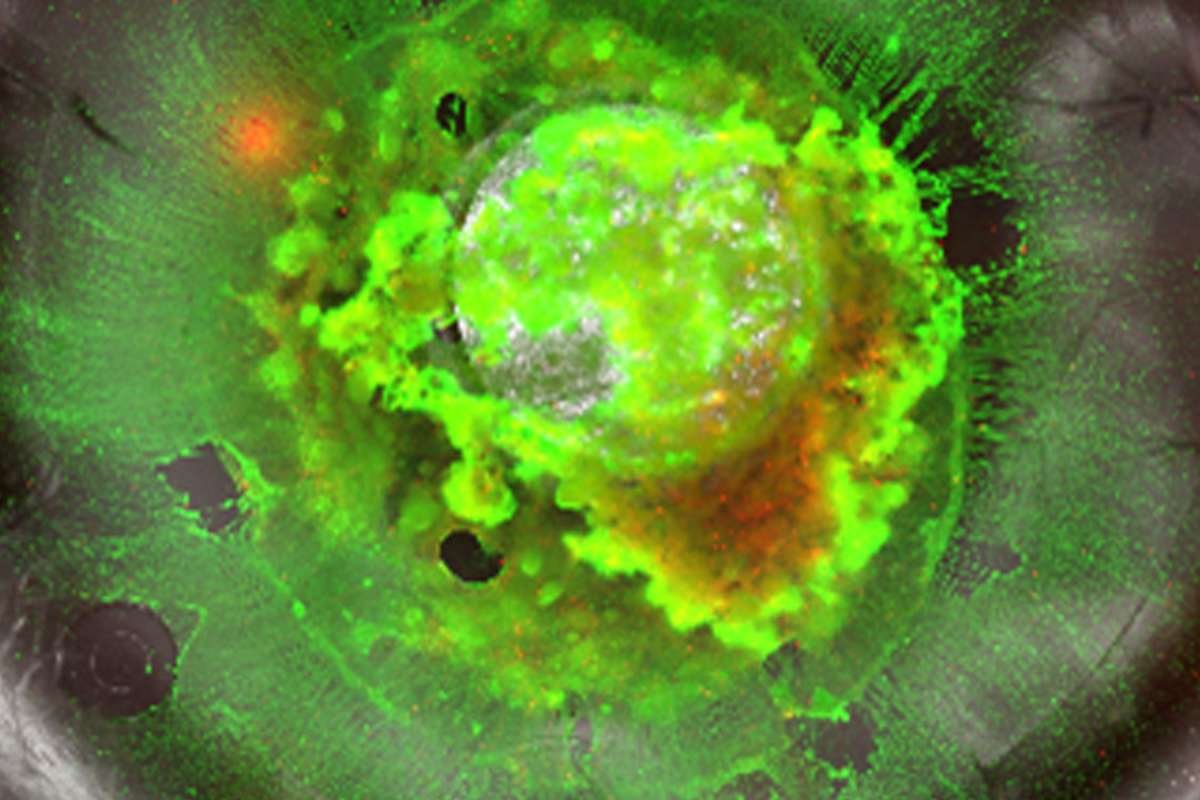At least 32 states in the United States, along with parts of Canada, have reported cases of a concerning virus dubbed ‘Zombie deer disease.’ This potentially fatal brain virus, formally known as chronic wasting disease (CWD), has raised alarms among experts who warn of a potential threat to human health. The United States Geological Survey (USGS) has identified the virus in various states and provinces, marking it as a cause for growing concern.
The Geographical Spread
The virus has been detected across 32 states, with a concentration in the upper Midwest and mid-Atlantic regions. States like Kansas, Nebraska, and Wisconsin have reported over 40 counties with confirmed cases of the virus, indicating a widespread issue that demands attention.
Expert Warnings
Dr. Michael Osterholm, an expert who previously studied the spread of ‘mad cow disease,’ has characterized the situation as a ‘slow-moving disaster.’ The potential for the disease to jump from animals to humans has prompted concerns. Dr. Cory Anderson, co-director at the Center for Infectious Disease Research and Policy, emphasized that thousands of people might have consumed meat from infected deer, drawing parallels with the chaos caused by mad cow disease in Britain.
Nature of the Disease
Chronic wasting disease is a prion-transmitted disease, akin to ‘Mad Cow,’ causing weight loss, loss of coordination, and fatal neurological symptoms in deer and related species. The disease is described as invariably fatal, incurable, and highly contagious. Eradicating it from animals and the environment poses significant challenges.
“Zombie deer disease” spreads to several states
Human Health Concerns
While the US National Park Service states that there is currently no evidence that CWD can infect humans or domestic animals, caution is advised, especially for game hunters. Studies have shown risks to non-human primates, raising concerns about potential risks to humans. Since 1997, the World Health Organization has emphasized the importance of preventing agents of known prion diseases from entering the human food chain.
Park Responses and Monitoring
Yellowstone National Park, where a deer tested positive for CWD, is actively monitoring the situation in collaboration with Wyoming Game and Fish Department (WGFD). A revised surveillance plan is in progress, and increased efforts will identify areas at higher risk from the disease. Montana, bordering Yellowstone, is also closely monitoring game caught by local hunters.
As the geographic spread of ‘Zombie deer disease’ continues, authorities stress the need for preparedness. The potential threat to human health calls for vigilant monitoring, enhanced collaboration between agencies, and a proactive approach to minimize risks. The situation demands not only continued surveillance but also public awareness to ensure that individuals are well-informed about the risks associated with this slow-moving disaster.
Also Read: Fresh Study Provides Light on the History of Social Behaviours











